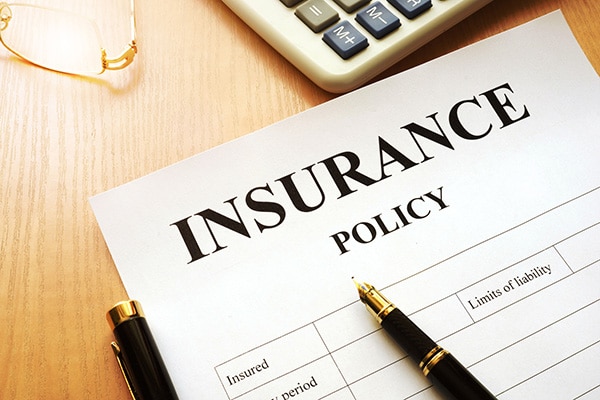 As a Florida insurance claim attorney, I often hear clients complain about their insurance companies and the way their property damage claims are handled. An area of special concern, especially following storm damage, is the amount their insurance companies are willing to pay for covered damage to their homes and personal property.
As a Florida insurance claim attorney, I often hear clients complain about their insurance companies and the way their property damage claims are handled. An area of special concern, especially following storm damage, is the amount their insurance companies are willing to pay for covered damage to their homes and personal property.
Some of this legitimate concern is due to the homeowners’ lack of knowledge about their policies. For the most part, however, the homeowners are not to blame; their policies are abstruse and, in many instances, deliberately ambiguous.
In this blog post, I’m going to try to demystify two terms used in insurance policies that can be confusing and frustrating for homeowners who feel they are being underpaid for legitimate property damage claims. These terms, “actual cash value” and “replacement cost value,” seem straightforward, but when applied to real property damage, they can become very problematic.
How Actual Cash Value Works
Many Florida property owners opt for policies that pay actual cash value rather than replacement value for property damage because their annual insurance premiums will be less. However, if they have to file a property damage claim, they might end up regretting this decision. Here’s why:
After your insurance company receives your property damage claim and determines your policy covers the loss, they will base their payment for your lost or damaged property on the type of coverage you have. If you have Actual Cash Value (ACV), you will be paid the actual dollar value of the lost or damaged property in its depreciated, but undamaged, state. That is, ACV takes age and depreciation into account when determining payment. For example, a damaged flat screen TV that cost you $3,000.00 ten years ago may now have an actual cost value of $500.00.
In contrast, if you had replacement cost value (RCV) coverage, you would be given the amount needed to replace the television at today’s prices, not what you could have possibly sold it for before it was damaged. The RCV may well be below what the television originally cost you, but it should be enough to allow you to purchase the same size and quality television.
Complications in Calculating Actual Cash Value
As a concept, actual cash value seems clear: you take the replacement cost of an item and subtract depreciation. However, when you consider that depreciation can be ambiguous, you can see how complications arise in calculating and settling on the actual cash value of an item. For starters, how does one determine the level of depreciation?
Let’s say depreciation is determined based on an assessment of how much of the useful life of an item is already gone. First we have to estimate the length of time that constitutes the useful life of an item. Then we have to know what percentage of that time remained. Then we have to consider other factors.
Going back to the example of the damaged flat screen TV, let’s assume that the useful life was 12 years, so you had two years or 17% of useful life remaining. That means you would be paid 17% of the price, or $510.00 for the damage. However, flat screen televisions have come way down in price since you bought yours 10 years ago, so a simple calculation of depreciation may not suffice.
In fact, the way ACV is determined varies by insurance company and is often determined arbitrarily by what’s considered a fair market price rather than a calculation of depreciation. As you might suspect, this often makes ACV payments very disputatious.
Property Damage and Real Cash Value
Paying for a policy that pays real cash value for covered damage provides you with greater coverage than an ACV policy because reimbursement is based on the replacement cost of the lost or damaged item or structure at the time it was lost or damaged, without regard for depreciation. Still, complications and problems can also occur with RCV policies.
Let’s say, for example, shingles blow off your roof during a storm. Your insurance company should pay the full amount to replace the shingles and repair your roof. However, if they believe your roof needed repairs before the storm and you neglected making them, they may refuse to pay for damage. A similar issue could occur with water damage from a storm. If water entered your home due to faulty roofing, for example, your insurance company could deny payment even though damage from water during a storm that hasn’t been on the ground is a covered peril.
The bottom line is that whether your Florida homeowners’ insurance policy pays actual cash value or replacement value for covered property damage, you can run into problems when you file a claim. You do, however, have the right to question or challenge your insurance company’s decision on damage payment.
If you need help disputing a claim, let me know. Malik Law has successfully represented hundreds of Floridians in disputes with and lawsuits against their insurance company.
